Introduction
In March 2025, Apple unveiled the MacBook Air M4 as the next generation of its beloved ultra-portable laptop line. With upgrades across the board — from chip architecture to display features — the M4 Air aims to deliver stronger performance without compromising the sleek, lightweight design that made the Air series famous.
Below, you’ll find an in-depth look at everything you need to know: hardware, software, strengths, trade-offs, and whether it’s a good buy in 2025.
1. Chip & Performance
At the heart of the new MacBook Air lies the Apple M4 chip, built on a second-generation 3-nanometer process.
Tom's Guide+3
Wikipedia+3
Wikipedia+3
- The M4 integrates a 10-core CPU (4 performance cores + 6 efficiency cores).
Apple+3
Ars Technica+3
Macworld+3 - GPU options include an 8-core GPU (on base models) or a 10-core GPU (higher-end) for more graphical throughput.
The Verge+3
Macworld+3
Tom's Guide+3 - The chip includes 16-core Neural Engine, as well as enhanced media engines (for video encode/decode, etc.) and support for hardware-accelerated ray tracing and mesh shading.
9to5Mac+3
Macworld+3
Mark Ellis Reviews+3 - Memory bandwidth is rated at 120 GB/s with unified memory (LPDDR5X) shared between CPU, GPU, and other subsystems.
Tom's Guide+3
Macworld+3
Apple+3
In real-world reviews, the M4 shows clear improvements over M3 / M2 in multitasking, creative workloads, and graphics.
Tom's Guide+2
Ars Technica+2 Because the Air is fanless, under sustained heavy load it may throttle performance, but for regular use it stays efficient.
Ars Technica+1
2. Memory & Storage
One major upgrade: the base memory now starts at 16 GB unified memory (no more 8 GB base) — a welcome shift, especially for users doing heavier tasks.
MacRumors Forums+3
The Verge+3
Tom's Guide+3
You can configure up to 24 GB or even 32 GB (on higher end variants).
Apple+2
Mark Ellis Reviews+2
On SSD side: base configurations start with 256 GB SSD, with options to upgrade to 512 GB, 1 TB, 2 TB.
Apple+2
Apple Support+2
Because the SSD is integrated (soldered), you can’t upgrade later, so choosing a larger capacity upfront is wise for future proofing.
3. Display & Design
Apple keeps the sleek, slim chassis aesthetic of past Air models.
Macworld+2
Apple+2 The M4 Air is available in:
- 13.6-inch variant
- 15.3-inch variant
The panel remains Liquid Retina quality, with crisp resolution, strong color fidelity, and excellent brightness for internal and external viewing.
Best Buy+2
Tom's Guide+2
One notable design change: Space Gray color is dropped, replaced by a new Sky Blue color, while Silver, Starlight, Midnight remain.
MacRumors Forums+3
Wikipedia+3
Macworld+3
The camera is also upgraded to a 12 MP Center Stage camera (to better track you in video calls).
The Verge+3
Apple+3
YouTube+3
4. External Display Support
One of the more welcome improvements: the M4 MacBook Air can drive multiple external displays while the lid is open — something earlier Air models couldn’t do as flexibly.
Wikipedia+3
9to5Mac+3
Apple+3
This makes the Air more useful in desktop-like setups, e.g. connect two 6K displays plus use the MacBook’s own screen.
Wikipedia+2
Apple+2
5. Battery & Power
On battery life, Apple claims up to 18 hours of video playback and up to 15 hours of wireless web use.
Apple
The Air houses a 53.8 Wh lithium-polymer battery.
Apple
Because the machine is power-efficient, for light to moderate tasks it can last a full working day easily. Under heavy load, the battery will drop faster, as expected.
Included power adapters depend on the variant:
- 30W USB-C Power Adapter (for M4 with 8-core GPU)
Apple - 35W dual USB-C compact adapter (for M4 with 10-core GPU)
Apple - It supports fast charging when paired with a 70W USB-C adapter.
Apple
6. Ports & Connectivity
Ports are modest but functional:
- Two Thunderbolt / USB-4 ports
- MagSafe 3 charging cable included
- Wireless: Wi-Fi 6E and Bluetooth 5.3 (modern connectivity)
Tom's Guide+3
Wikipedia+3
YouTube+3
Because the Air keeps its thin profile, you may need dongles or hubs for HDMI, SD card, etc.
7. Software & Ecosystem
Running macOS Sequoia (or later), the MacBook Air M4 integrates deeply with Apple’s ecosystem — iPhone, iPad, iCloud, Continuity, etc.
The new chip and OS also open doors for Apple Intelligence features, on-device machine learning, improved multimedia workflows, and better security.
Given the unified architecture (memory shared across CPU/GPU), workflows like video editing, 3D rendering, and AI inference benefit from low latency and high throughput.
8. Pros & Cons
Pros:
- Major performance upgrade over previous generation (M3, M2)
- Better graphics capabilities with 10-core GPU option
- Higher base memory (16 GB)
- Supports multiple external displays while lid is open
- Long battery life and efficient power usage
- Fanless, silent operation
- New color option, improved camera
Cons / trade-offs:
- Fanless design means potential thermal throttling under sustained heavy load
- Ports are limited (no HDMI, SD card) — need adapters
- SSD & memory are not user-upgradable
- Cost of higher-capacity SSD / memory upgrades is high
- For very heavy pro workloads (3D, gaming, rendering), a MacBook Pro may still outperform
9. Use Cases & Recommendation
If your primary usage is productivity, coding, video editing, photo editing, office tasks, study, content creation, the MacBook Air M4 is a compelling choice. Its blend of performance, portability, and battery life make it especially good for students, professionals on the move, and creators who don’t need extremely prolonged heavy rendering sessions.
If, however, your work demands sustained high-end GPU compute (e.g. real-time 3D rendering, gaming, VFX), a MacBook Pro M4 / M4 Pro / M4 Max or a desktop Mac may be a better fit.
10. Final Thoughts
The MacBook Air M4 represents a meaningful upgrade in Apple’s ultra-portable lineup. With improved chip architecture, better graphics, higher base memory, newer camera, and smarter display and external connectivity support — it addresses many of the limitations that earlier Air models faced.
For many users, it delivers “future-proof enough” performance in a sleek, dependable package. As always, choose your memory and SSD wisely at purchase, because internal upgrades afterward are impossible.


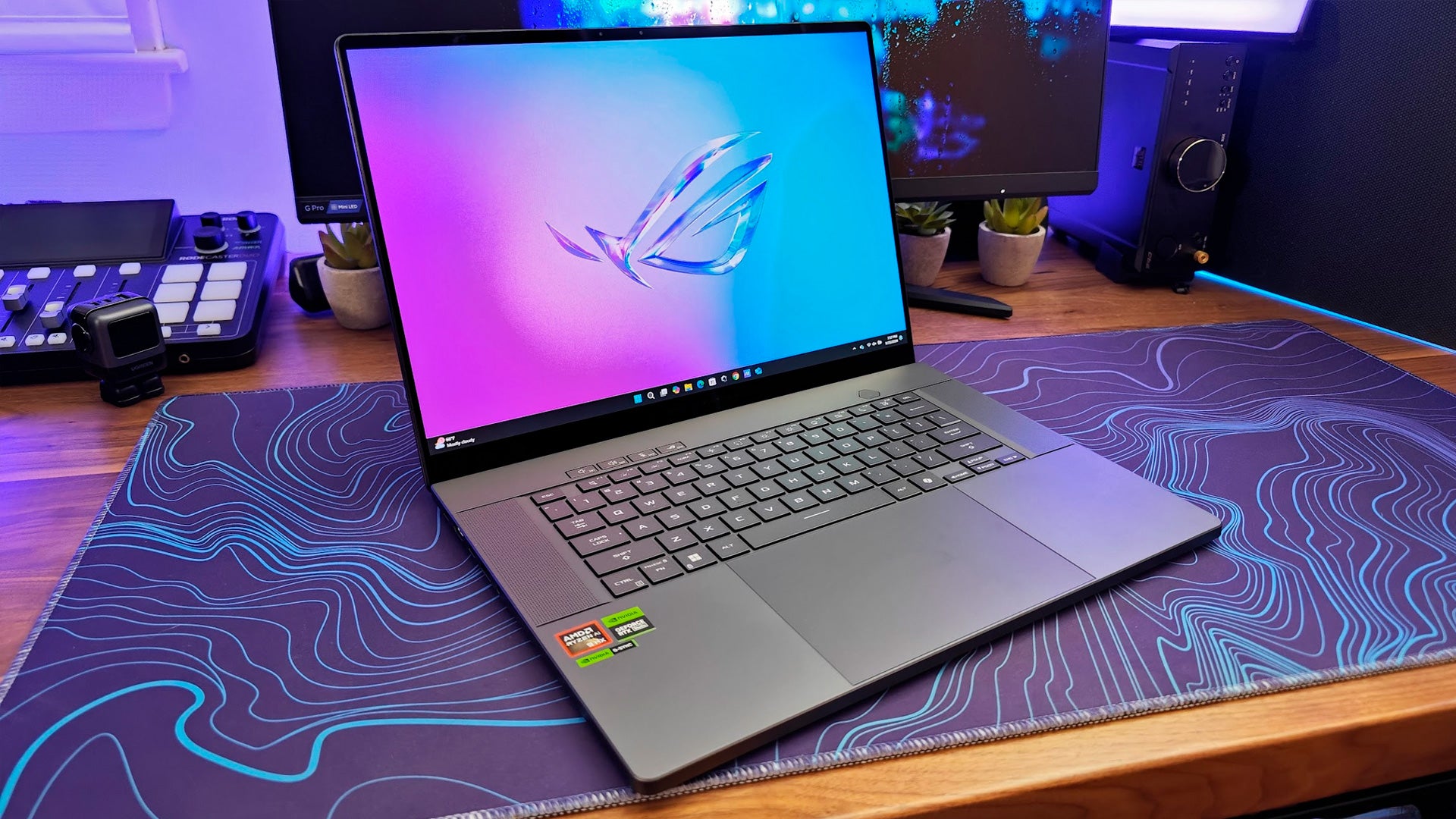
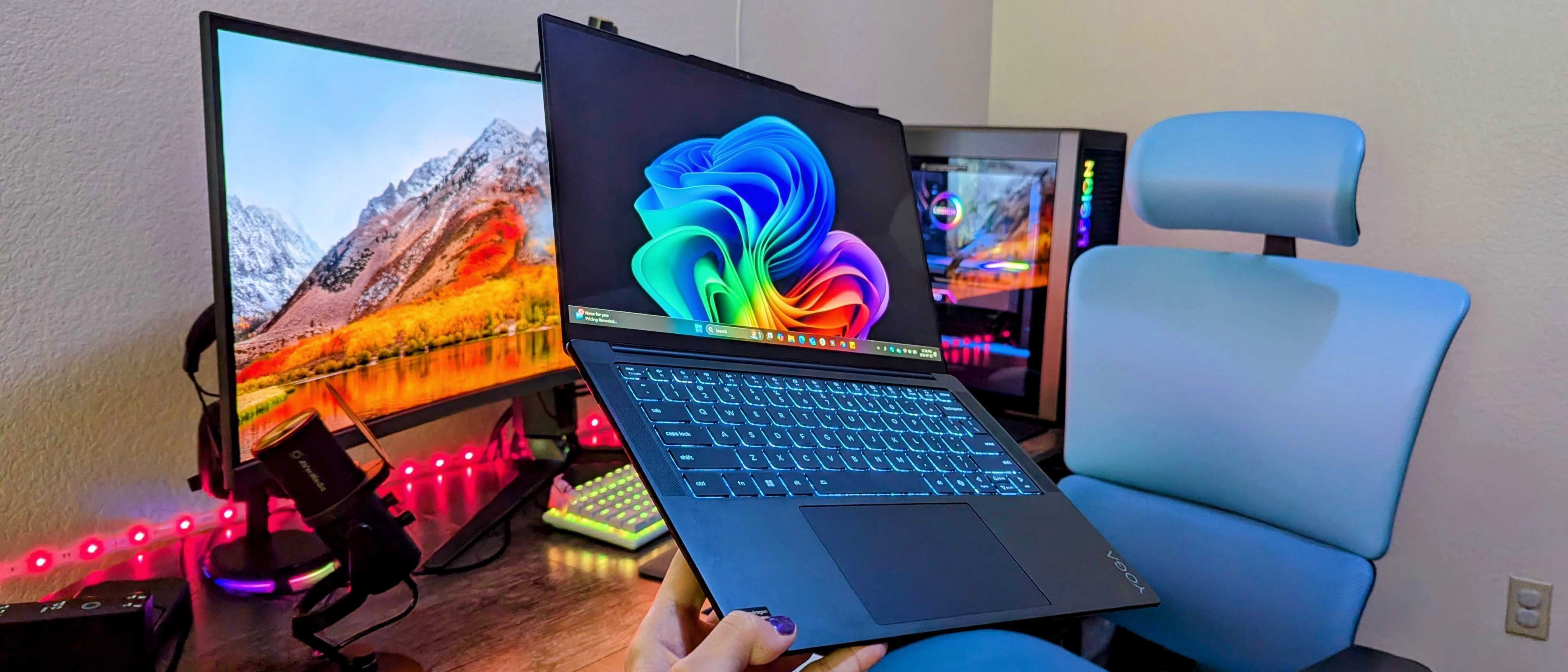
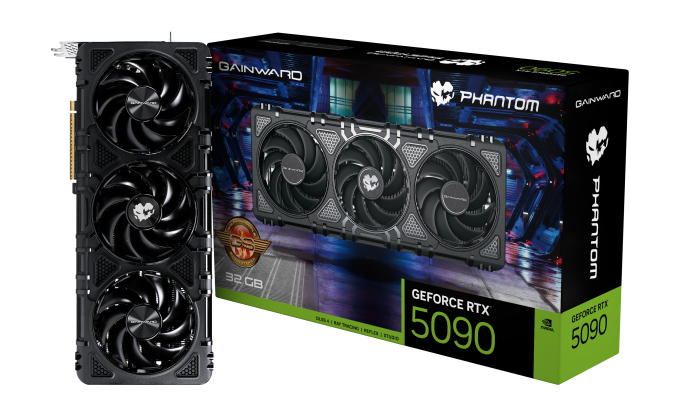
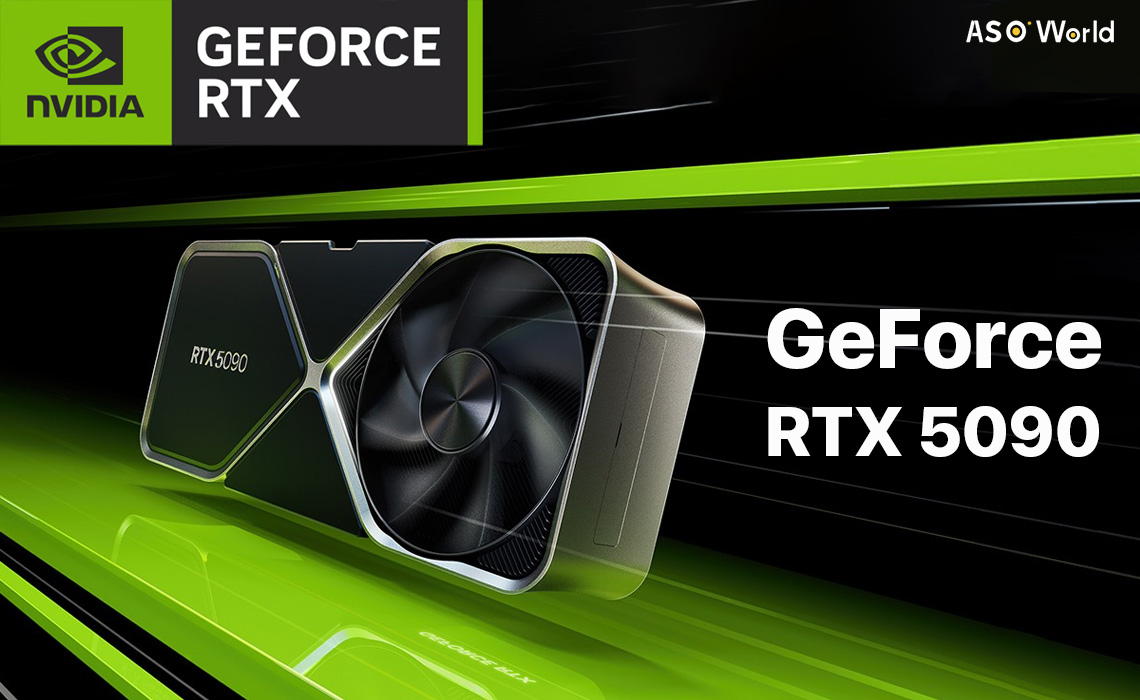
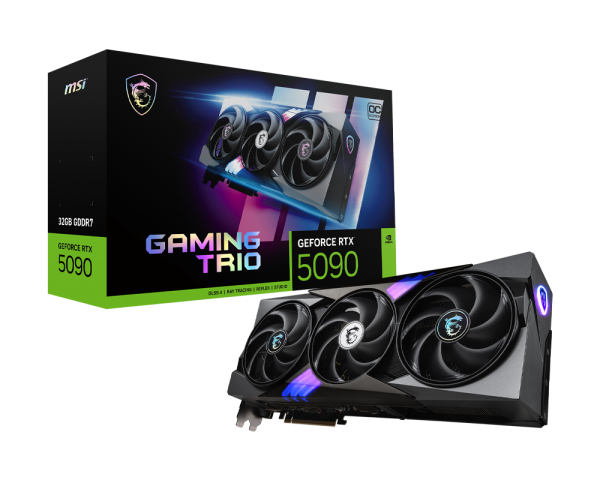
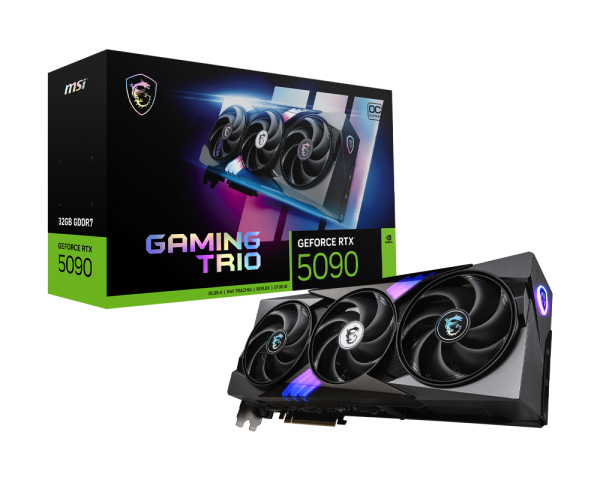

No comments yet. Be the first to comment!